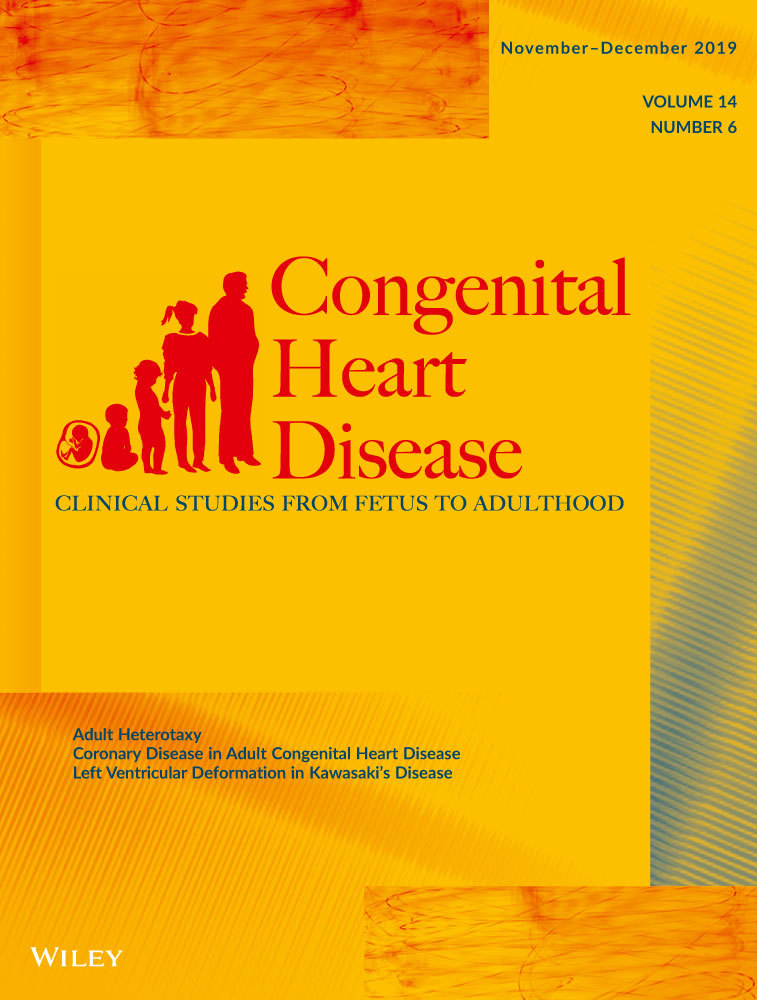Trajectory of right ventricular indices is an early predictor of outcomes in hypoplastic left heart syndrome
Funding information
CMW was supported by a postdoctoral fellowship from the Hartwell Foundation.
Abstract
Background
Children with hypoplastic left heart syndrome (HLHS) have risk for mortality and/or transplantation. Previous studies have associated right ventricular (RV) indices in a single echocardiogram with survival, but none have related serial measurements to outcomes. This study sought to determine whether the trajectory of RV indices in the first year of life was associated with transplant-free survival to stage 3 palliation (S3P).
Methods
HLHS patients at a single center who underwent stage 1 palliation (S1P) between 2000 and 2015 were reviewed. Echocardiographic indices of RV size and function were obtained before and following S1P and stage 2 palliation (S2P). The association between these indices and transplant-free survival to S3P was examined.
Results
There were 61 patients enrolled in the study with 51 undergoing S2P, 20 S3P, and 18 awaiting S3P. In the stage 1 perioperative period, indexed RV end-systolic area increased in patients who died or needed transplant following S2P, and changed little in those surviving to S3P (3.37 vs −0.04 cm2/m2, P = .017). Increased indexed RV end-systolic area was associated with worse transplant-free survival. (OR = 0.815, P = .042). In the interstage period, indexed RV end-diastolic area increased less in those surviving to S3P (3.6 vs 9.2, P = .03).
Conclusion
Change in indexed RV end-systolic area through the stage 1 perioperative period was associated with transplant-free survival to S3P. Neither the prestage nor poststage 1 indexed RV end-systolic area was associated with transplant-free survival to S3P. Patients with death or transplant before S3P had a greater increase in indexed RV end-diastolic area during the interstage period. This suggests earlier serial changes in RV size which may provide prognostic information beyond RV indices in a single study.
CONFLICT OF INTEREST
The authors declare that they have no conflict of interest with the contents of this article.




